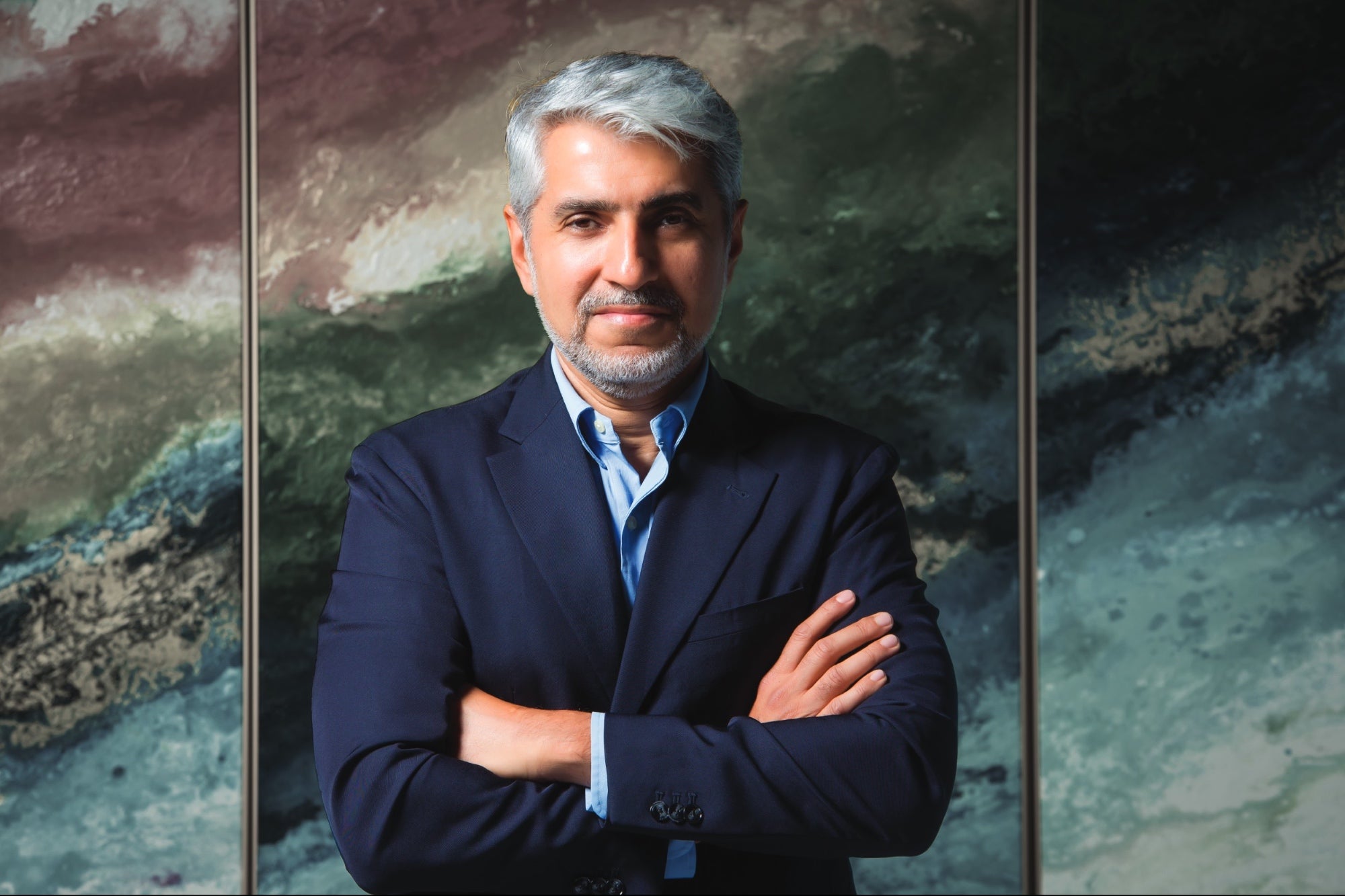Build It Backwards: Why Great Marketing Starts at the Bottom of the Funnel If you're in the early stages of building a business, my advice is simple: start where it counts. Let your marketing efforts be shaped by outcomes, not assumptions.
Opinions expressed by Entrepreneur contributors are their own.
You're reading Entrepreneur Middle East, an international franchise of Entrepreneur Media.

Most early-stage businesses think marketing success starts with brand-building. Slick logos, sharp messaging, a clever tagline - all with the hope that people will care enough to buy. But in my experience, after nearly two decades in marketing and entrepreneurship, that approach puts the cart before the horse.
I didn't fully realize this until I found myself on both sides of the marketing world. I've worked with global brands and bootstrapped startups. I've built multiple boutique agencies, a parenting company from scratch and led marketing for a national non-profit. Through it all, one lesson has stuck: awareness is meaningless if it doesn't lead to action.
Too many businesses focus on visibility before they understand what makes people convert.
The truth is this: if your funnel is broken at the bottom, all the awareness in the world won't translate into paying customers. That's why I often advise businesses, especially in the early stages, to build their marketing engine from the bottom up.
Flip the Funnel
Think of the funnel not as a linear path but as a system where each piece reinforces the others. You don't build a brand simply by getting your name out there - you build it by creating consistent, valuable interactions that lead to results. The most impactful marketing strategies don't start with broad awareness. They start by figuring out how and why your product sells.
When I was building the parenting company, we didn't begin with a polished brand book. We started with a specific audience problem and focused heavily on driving conversions through paid media. Rather than chase mass awareness, we used targeted campaigns to test what resonated and to optimize for actions. It is important to remember that the definition of conversion varies by business type and industry.
That early performance-first approach gave us the data and feedback we needed to build a meaningful brand over time. The growth came not from shouting the loudest, but from understanding what actually worked.
The Danger of "Pretty But Pointless"
Here's where a lot of businesses get stuck… they invest heavily in brand identity before understanding buyer behavior. I once worked with a client who had a beautifully designed website and a highly stylized social presence. But they had minimal website traffic, few leads, and no real plan to fix either.
Design and storytelling absolutely matter, but they can't compensate for poor product-market fit or unclear messaging. Starting with performance marketing can help cut through that noise. It forces you to clarify your value, simplify your customer journey, and measure what matters.
For that client, we focused first on their core offering. We simplified landing pages, ran small-scale paid tests, and revised their messaging based on actual user behavior. Within a few months, they saw a significant uptick in lead quality and cost-efficiency - and their brand finally had momentum rooted in reality.
5 Ways to Build It Backwards (and Win)
1. Start with Conversion, Not Awareness
Before investing in broad brand campaigns, run performance tests to see what actually drives action. Learn what your audience responds to and then build from there.
2. Simplify the Customer Journey
Every step in your funnel should be intentional and frictionless. From ad creative to landing pages to checkout… focus on usability and clarity before aesthetics.
3. Use Data to Inform Brand Strategy
Performance campaigns can reveal insights about your voice, message, and value proposition. Use those learnings to shape how your brand evolves.
4. Build the Funnel from the Bottom Up
Once your conversion engine is working, you can layer on broader awareness initiatives to scale. But without that foundation, you're just fueling a leaky funnel.
5. Focus on Outcomes, Not Optics
Marketing should move people to act. It's easy to get distracted by vanity metrics or surface-level polish - real growth comes from systems that generate results.
Brand Building Through Results
Brand and performance are often treated as separate disciplines… but they shouldn't be. When integrated well, performance marketing helps build brand equity by reinforcing consistent, results-driven experiences.
If you're in the early stages of building a business, my advice is simple: start where it counts. Let your marketing efforts be shaped by outcomes, not assumptions. Over time, that foundation will give you the credibility and clarity to invest in brand-building with purpose.
Build it backwards. Then scale it forward.










